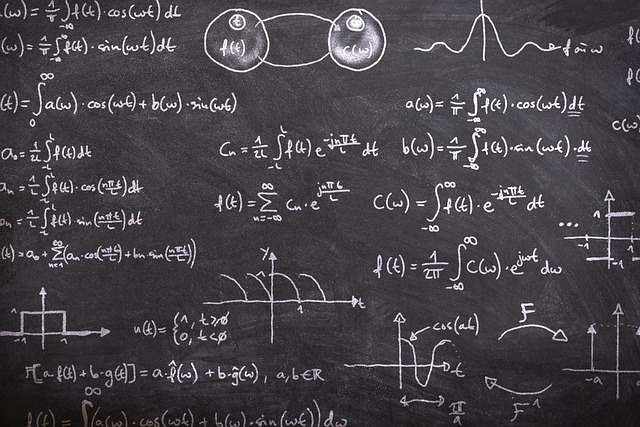Data analysis is a powerful tool that helps us make sense of information and draw meaningful conclusions. In this journey, we encounter various statistical concepts that aid in our quest for insight. Two such crucial concepts are variation and standard deviation. In this article, we will explore what variation is, delve into the concept of standard deviation, and discuss the relationship between these two ideas. We will also explain when to use each one in a data set and highlight the potential pitfalls that can arise if applied to non-normalized data.
Variation – The Essence of Diversity
Variation refers to the differences, fluctuations, or diversity in a dataset. It is a fundamental concept in statistics and data analysis, as it provides insight into the spread and dispersion of data points. In essence, variation reveals how data points deviate from a central value, which could be the mean, median, or any other measure of central tendency.
Variation is everywhere in the real world. It is present in everyday scenarios, from measuring the heights of individuals in a population to tracking stock prices in financial markets. Understanding and quantifying variation is essential for making informed decisions and predictions based on data.
Standard Deviation – Measuring Variation
Standard deviation is a statistical metric used to quantify the amount of variation or dispersion in a dataset. It is a measure of the spread of data points around the mean. In essence, the standard deviation tells us how much individual data points deviate from the average.
To calculate the standard deviation, follow these steps:
- Find the mean (average) of the dataset.
- For each data point, calculate the squared difference between the data point and the mean.
- Find the mean of these squared differences.
- Take the square root of this mean to get the standard deviation.
Mathematically, the formula for the standard deviation (σ) is as follows:
σ=√(Σ(x−μ)2/N)Where:
- σ represents the standard deviation.
- x is each data point in the dataset.
- μ is the mean of the dataset.
- N is the total number of data points.
Relationship Between Variation and Standard Deviation
Standard deviation and variation are closely related concepts. The standard deviation provides a precise numerical measure of the variation present in a dataset. It helps us understand the extent to which data points differ from the mean.
A high standard deviation indicates a greater amount of variation, implying that data points are dispersed widely from the mean. Conversely, a low standard deviation suggests that data points are closely clustered around the mean, signifying less variation.
Variation is a broader concept that deals with the concept of diversity and dispersion in data, while standard deviation is a specific mathematical tool used to measure this dispersion quantitatively.
When to Use Variation vs. Standard Deviation
When to use variation or standard deviation depends on the context and your objectives in data analysis:
1. Variation:
- Use variation when you want to discuss the general spread, diversity, or differences within a dataset.
- Variation can provide a qualitative understanding of the data’s range without specific numerical values.
- It’s valuable for descriptive and exploratory data analysis.
2. Standard Deviation:
- Use standard deviation when you need a precise, quantitative measure of how data points deviate from the mean.
- Standard deviation is especially useful when comparing data sets or when dealing with normal distributions.
It’s vital for inferential statistics and hypothesis testing.
The Pitfalls of Non-Normalized Data
While both variation and standard deviation are essential tools in data analysis, they have their limitations, especially when applied to non-normalized data:
1. Non-Normal Distributions: In cases where the data is not normally distributed, using standard deviation alone can be misleading. Non-normal data may exhibit skewed or heavy-tailed distributions, making standard deviation less informative. In such cases, alternative measures like the interquartile range or robust estimators may be more appropriate to quantify variation.
2. Outliers: Outliers, extreme data points that significantly deviate from the rest of the data, can distort standard deviation. An outlier can inflate the standard deviation and misrepresent the data’s true dispersion. Identifying and handling outliers appropriately is essential to obtain meaningful results.
3. Data Transformation: Depending on the nature of the data and the objectives of the analysis, data transformation techniques may be necessary. For non-normal data, log transformations, box-cox transformations, or other techniques can help make the data more amenable to standard deviation analysis.
Variation and standard deviation are essential concepts in data analysis, with variation representing the diversity in data and standard deviation quantifying this diversity precisely. Knowing when to use each concept is crucial to gain meaningful insights from your data.
While variation offers a qualitative understanding of data spread, standard deviation provides a quantitative measure of dispersion. However, applying these concepts to non-normalized data can lead to misleading results, making it vital to consider the data’s distribution and potential outliers. In the world of data analysis, understanding and navigating variation and standard deviation are key steps toward making informed and accurate decisions.
